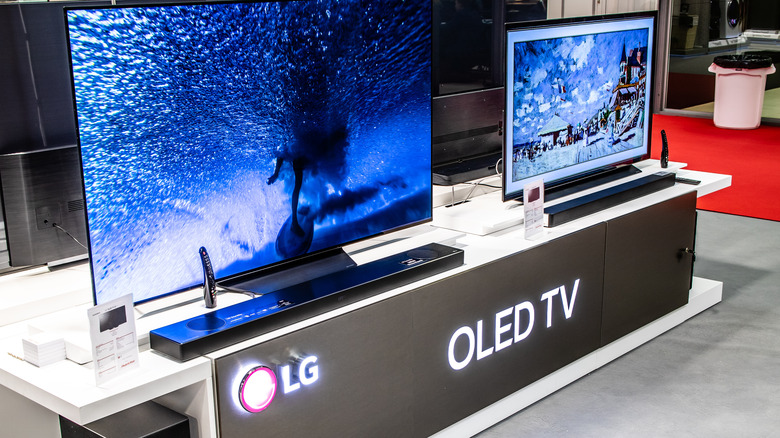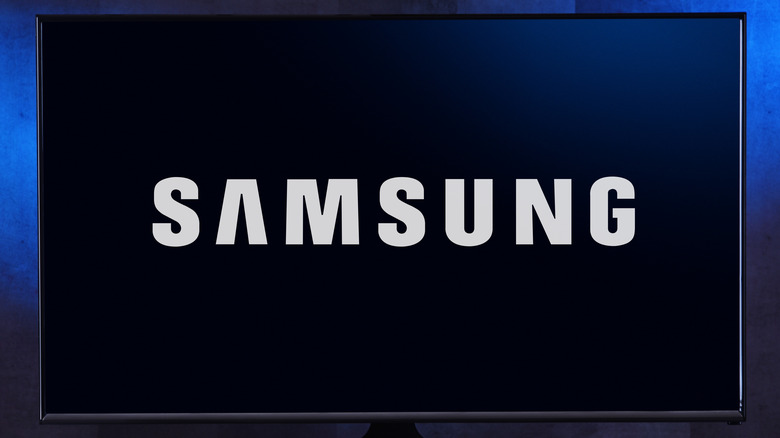Samsung To Reportedly Start Buying OLED Panels From Display Competitor LG
Samsung was an early force in OLED's development thanks to the AMOLED displays it machines for both its own and competing manufacturers' smartphones. Today, Samsung is still innovating in that space with foldable OLED smartphones like the Galaxy Z Fold 4 and Z Flip 4. However, Samsung has been slower than its biggest TV-making counterparts to adopt the panel tech for home theaters.
The South Korean electronics maker is playing catchup against LG and Sony, which command sizable leads thanks to each organization's innovations. While Samsung doubled down on Quantum Dot LED (QLED) tech, LG jumped out to a huge head start with OLED, and Sony followed suit.
According to Reuters, Samsung will purchase large (77-inch and 83-inch) OLED panels from rival LG by acquiring at least 2 million units over the next year — and eventually expects annual shipments to ramp up to 5 million. The initial windfall for LG Display is said to be around $1.5 billion. Samsung would help fill a gulf carved into LG Display's manufacturing capacity, after nearly a third of its business was gutted due to economic hardships from the pandemic and rising inflation.
This move effectively solidifies LG Display as the defacto middleman for manufacturers offering OLED TVs at scale. The company has invested multiple billions over the past decade, and it remains competitive in the small display market, most notably joining Apple's list of suppliers for newer iPhone models.
Could OLED TVs get cheaper?
One of the biggest knocks against OLED is its high entry barrier. There's a reason some have repurposed the acronym to mean "only lawyers, executives, and doctors." While OLED TVs are still significantly more expensive than LCD-based counterparts, that gap has narrowed considerably in recent years. However, the narrowest differentials are at the lower end of the market, mostly thanks to falling prices on older models.
The newest gaming-ready sets are still bank busters for most consumers, especially as buyers venture beyond 55 and 65-inch models. It's nearly impossible to find one under $1,000 except for LG's sub-50-inch sizes, which is a no-go for many who want a 55-inch TV in their living room.
Sony's OLED offering is impressive, but the company unashamedly shoots high, and it doesn't share the longstanding market saturation LG has that allows it to test mid-range waters. Samsung is even newer to the game, and its S95C QD-OLED TVs are fantastic, but are still an exorbitant splurge for middle-class consumers — especially in today's economy. The S90C is also impressive, but still expensive despite using older panel tech.
Hopefully the incoming perfect storm of increased competition, swelling supply, and maturing fabrication costs will eventually drive average retail prices down a couple of hundred dollars. However, don't expect them to give TVs away for practically nothing.

